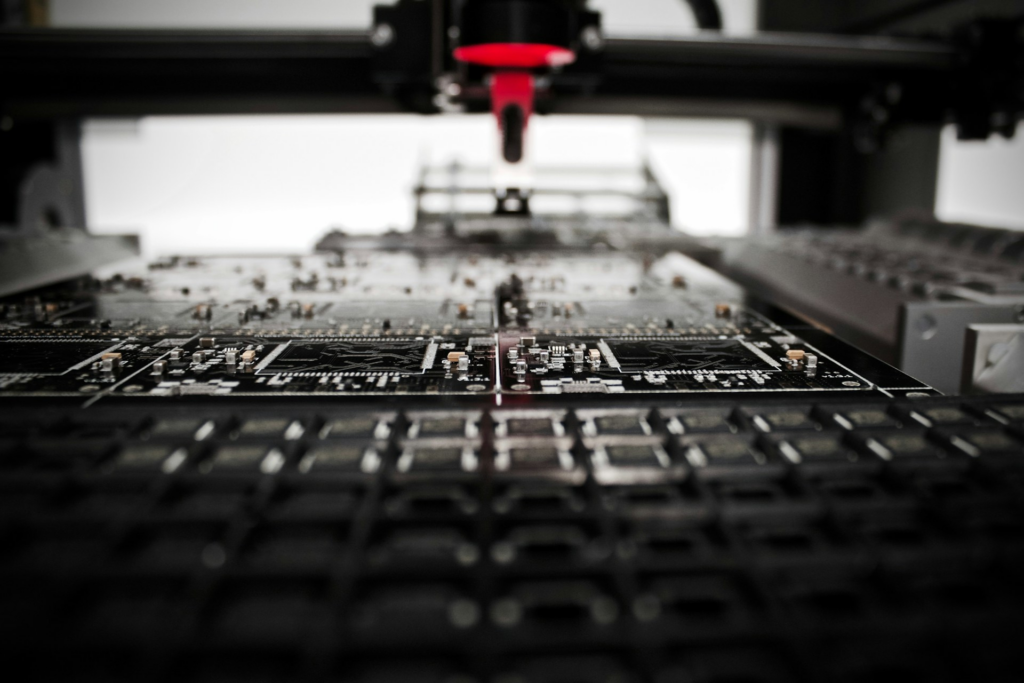Smart manufacturing has been an industry buzzword for a while now. But what does it really mean? The occasional use of smart equipment, like Internet of Things (IoT) devices, was revolutionary just a few years ago.
But now, fully integrated manufacturing systems have raised the bar. With an interconnected approach and an emphasis on data analytics, smart manufacturing has evolved to a higher standard. Hiring leaders in the manufacturing space should take note, too. A new class of tech-oriented workers now drives manufacturing efficiency and enhanced decision-making. Here’s a look at the rapidly changing world of smart manufacturing.
The Shift to Fully Integrated Smart Systems
To understand the evolution of smart manufacturing, you need to think beyond “Industry 4.0.” While industry observers still use the term to describe smart manufacturing practices and facilities, new technologies have evolved well past the 4.0 standard. A manufacturing floor might have been considered an example of Industry 4.0 a few years ago if it had some equipment with digital sensors and IoT devices. These machines could operate somewhat autonomously. Today, smart manufacturing floors are interconnected by advanced technology.
Artificial intelligence (AI) and machine learning (ML) now analyze vast amounts of data sent to scalable cloud storage. AI forms the basis for data analytics, helping plant managers identify production trends, identify potential issues before they become problems, and optimize operations. Robotics and cyber-physical systems (CPS) link physical equipment and digital systems for fully integrated smart systems.
This level of integration has led to a new phase in smart manufacturing. Rather than the limited automation present in the early days of Industry 4.0, integrated systems can collect and analyze data all across the production line. This data-driven approach is the top benefit of fully integrated manufacturing systems, as managers gain valuable insights into their entire operations.
Leveraging Data Analytics and Machine Communication
The deeper understanding production managers gain from fully integrated systems comes from AI and ML-powered data analytics. Formerly hidden patterns and production anomalies emerge from within the data, empowering manufacturers to make more informed decisions and take proactive actions.
The emerging technology that makes all this possible is known as machine-to-machine (M2M) communication. Whereas basic IoT sensor implementations collect data from specific equipment and send it to a central server, M2M enables seamless data exchange between machinery, monitoring systems, AI, and the cloud. This holistic connectivity provides vast improvements in early problem detection and production analytics.
M2M’s improvements, in combination with advanced data analytics, enhance all aspects of manufacturing. The QC department can now identify and address root causes of defects faster than ever before. On the supply chain side, real-time data on inventory levels, production metrics, and demand forecasts streamlines manufacturing logistics. Even maintenance teams appreciate the chance to address issues before they lead to catastrophic downtime.
Emerging Staffing Needs for Smart Manufacturing Systems
The evolution toward fully integrated smart manufacturing has created demand for a new type of manufacturing professional. Recruiters must find talent with a stronger tech skill set to manage, maintain, and optimize the new class of integrated manufacturing systems. These roles fall into four major categories. Here’s a look at each of them:
Data Analysts and Data Scientists
Data analysts, machine learning engineers, and data scientists help extract information from the vast amount of data generated by integrated manufacturing systems. Recruiters should seek expertise in analytics, predictive modeling, and machine learning.
IoT and Automation Engineers
IoT specialists, automation engineers, and systems integrators focus on several roles. They design, implement, and maintain the interconnected systems that bring full integration to manufacturing equipment. The best candidates will have long-term experience in an industrial setting with the technology involved. Their work ensures seamless communication and data flow between the various systems and pieces of equipment in the modern manufacturing environment. Desirable skills include programming, sensor integration, and experience with automation software.
Maintenance and Reliability Technicians
Maintenance technicians and reliability engineers possess strong mechanical and electrical engineering foundations. Some knowledge of data analytics and how it works is also helpful, as it can contribute to predictive maintenance. Interpreting real-time data and identifying potential issues is quickly becoming the focus of these roles rather than reacting to show-stopping problems. Look for candidates who are familiar with smart equipment and have general troubleshooting skills.
Cybersecurity Specialists
Cybersecurity analysts and IT security specialists are at the forefront of safeguarding the digital infrastructure of smart manufacturing facilities. They’re responsible for protecting sensitive data, preventing cyberattacks, and ensuring the security of IoT devices and central systems. Ideal candidates will have experience securing data in connected manufacturing environments and the ability to prevent unauthorized access to IoT devices and other central systems.
The Data-Driven, Interconnected Future of Manufacturing
Considering the rapid evolution over the past few years, there’s no doubt the future of manufacturing is in data-driven, interconnected systems. Production facilities must adopt integrated smart systems with modern technologies to stay at the forefront of their respective industries.
At the same time, the demand for a new breed of skilled manufacturing professionals is high. Harnessing the potential of fully integrated smart manufacturing depends on talented workers who can unlock its potential. To stay on top of the trends in a wide range of industries, follow MRINetwork.

Connect with MRINetwork